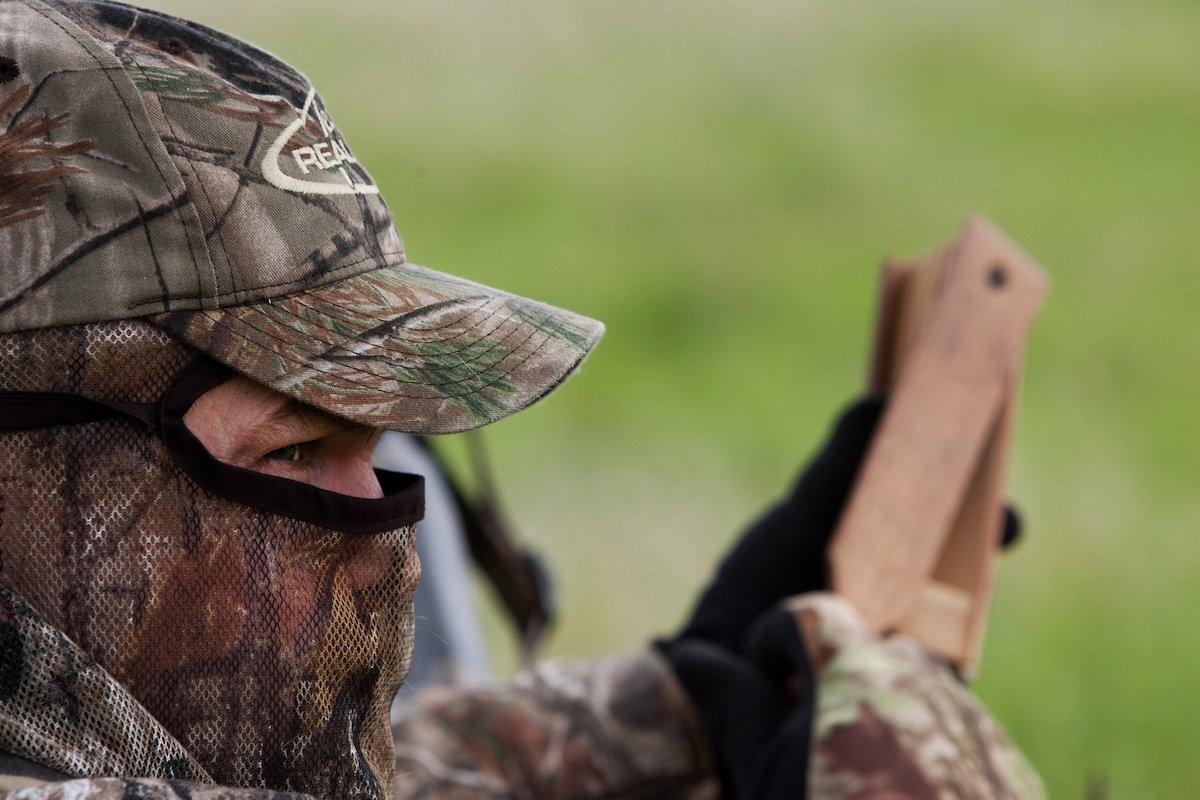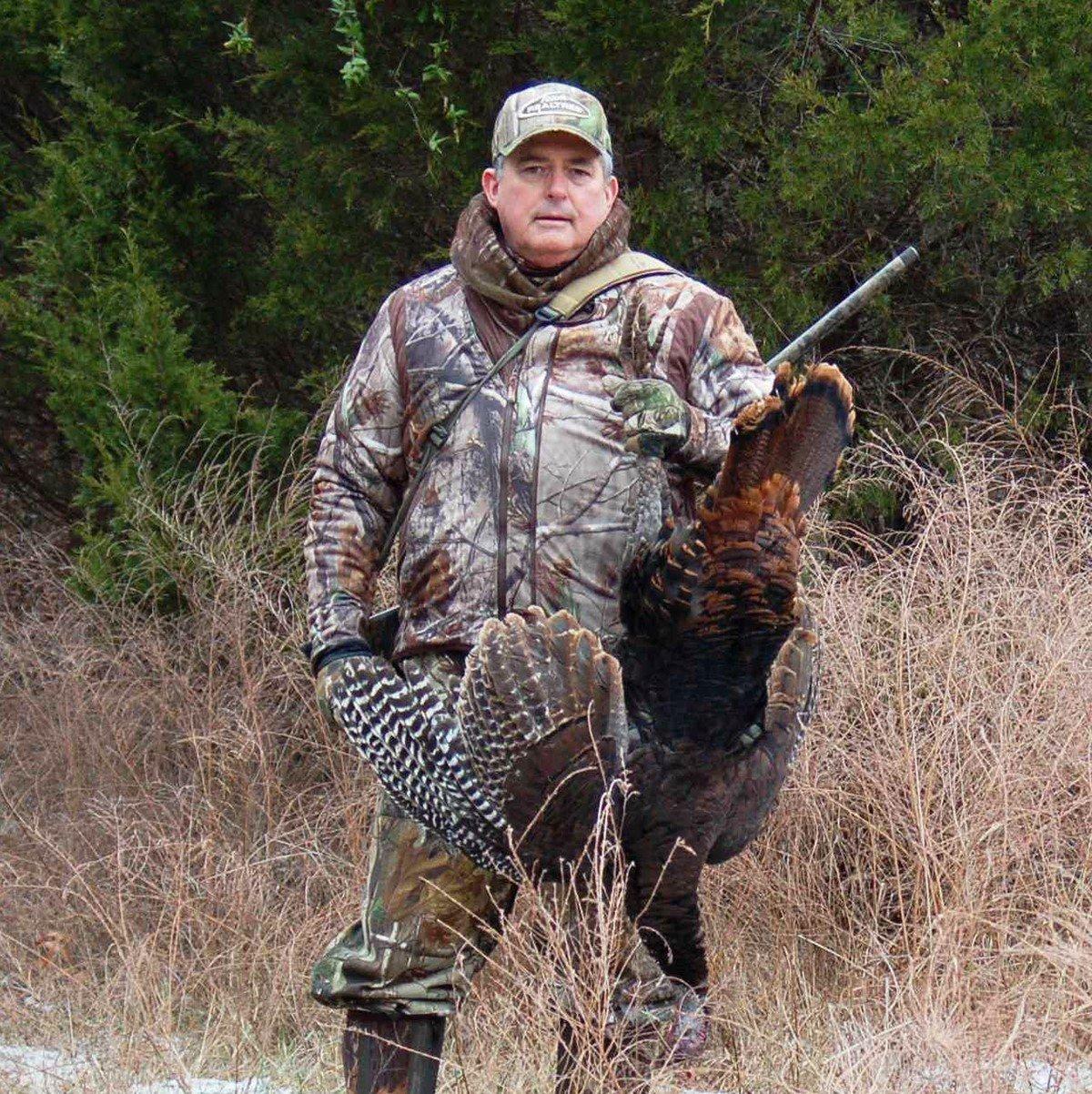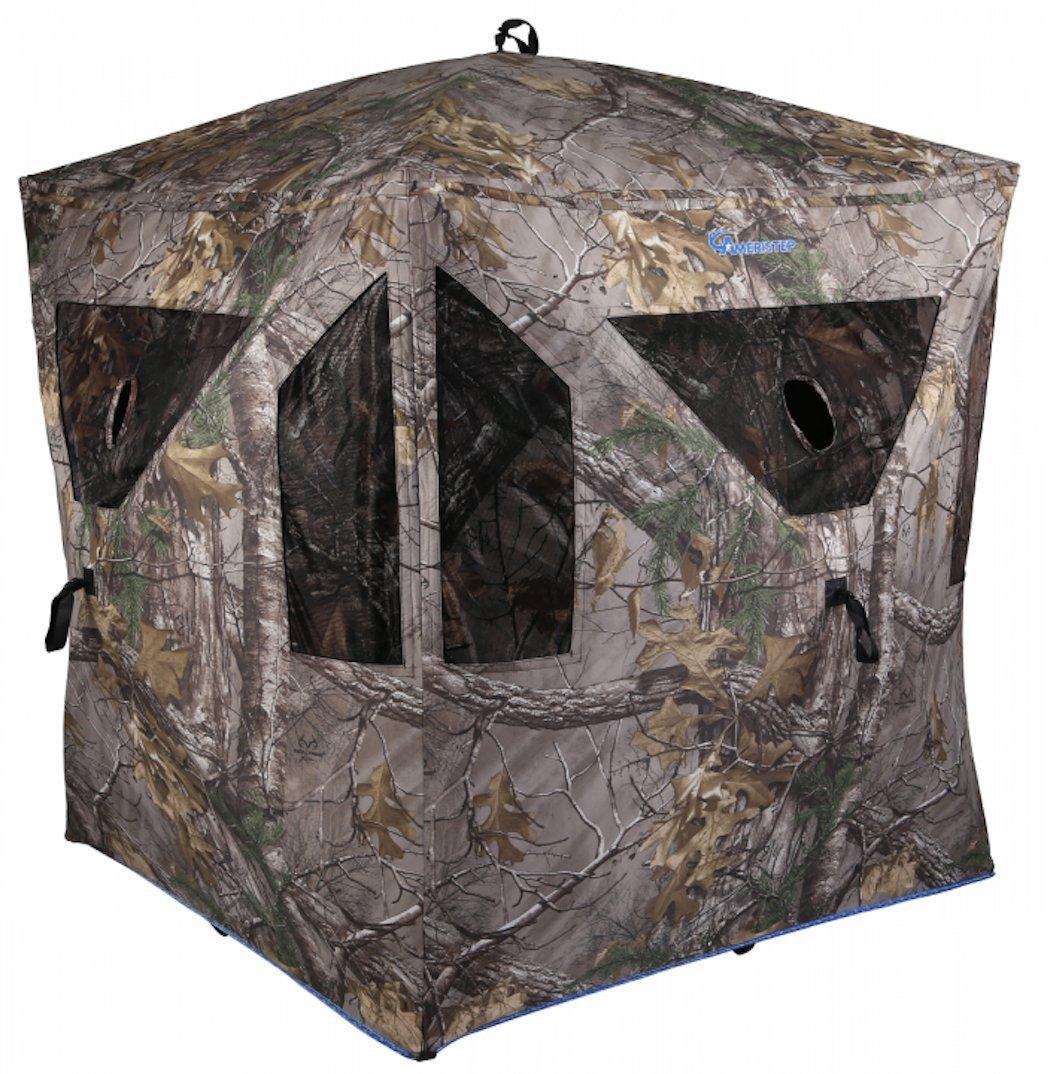Scouting, Calling and Patience
Find the flock, scatter them and then call them back. This time-tested technique for fall turkey hunting has been my favorite approach through the years and I have many fond memories of perfect scatters and classic call-ups.
I still use this tactic when circumstances allow, those being big woods and spacious properties, but times have changed. Many of those large, unbroken tracts of timber that held several flocks of turkeys have been parceled off into smaller units of suburban habitation as generations of landowners change and property values increase.
The turkeys are still there; in fact they have flourished in close proximity to human habitation, but property restrictions can put a stranglehold on your traditional fall tactics. Scattering a flock of turkeys on the 40 acres where you have permission to hunt and then have them fly across two property lines where you have strict warnings to KEEP OUT can be, in a word, disheartening. Being a compulsive two-season turkey hunter, I have developed a Plan B tactic that works for me and will work for you, especially if you like to use your turkey calls.
Three Main Elements
Scouting, calling and patience are the three main elements in what I call outside the box or passive fall turkey hunting. Portable blinds and decoys can also be effective, but are not as critical to your success as the main elements we will discuss in order of their significance.
1. Scouting
Scouting is job one in fall turkey hunting whatever tactics you employ. You have to hunt where the turkeys are, so the first order of business is to find the turkeys. In the fall, when you find the food, you should find the turkeys. In the pre-season I scout white oak, red oak, beech trees and grape vines with a good pair of binoculars to determine mast production. I mark the most abundant producers on my topo maps and revisit just prior to the season after the mast has matured. When I find enough scratching and droppings and feathers to indicate a high-use area, I pick a setup spot and give the location a star on my map. I like to have eight or 10 spots picked out in different locations when the season opens, so if one site doesn't seem to be productive, I can move to another. Also, if I bust a flock at one of the locations, I like to let that location rest for at least a week before setting up on it again.
2. Calling
When I hunt these locations I'll get set up before daylight and listen. If I don't hear any turkey talk, I'll start doing long sets of lost-hen yelps on a box call. Since I haven't done anything to scatter the flock, I can't count on their instinct to reassemble to bring them in, so lost yelps are my best bet to try to get a sympathetic response from members of the flock. If you are comfortable enough with a diaphragm call to make heart-rending, pleading kee-kee runs, these calls can also be very effective, but the box is easiest. Turkeys don't usually display much sympathy, but they don't seem to want a flockmate wandering around the woods making a fuss, so they will often answer with a plain yelp to let you know where they are or sometimes a series of cuts from the dominant hen telling you to get yourself back to the flock.
You can't go wrong with lost yelps since they can't be done too much or too loud; in fact, I once filmed a hen making over 70 lost yelps in one sequence. I can't hold out that long, so I'll just do 10 to 15 loud yelps that build in volume and intensity, and then taper off. I'll wait a couple minutes, then repeat the sequence. I'll keep that up for 10 minutes, shut up for five minutes, then start the same thing over again.
I prefer lost yelping on a box call because of the volume and authenticity they impart, but I have lost yelped on diaphragm and slate calls successfully on several occasions. Just remember to put some urgency in your calling; this being lost is serious business to a turkey.
If you are close to a preferred food source, the turkeys that are responding to your yelps are probably already on their way in. I like to keep up with their progress and my turkey talk lets them know the area is secure. This is where a blind and a couple of hen decoys can come in handy.
3. Patience
For many years I leaned against a tree and let my calling do all the work, but turkeys seem to be much more alert in the fall, especially when there are several sets of extremely sharp eyes trying to find a booger. I can't count the number of times I've been busted before I could even think about shooting and that isn't even counting the times when turkeys were on their way in and just quit responding. I have used available sticks and limbs and leaves to construct blinds with varying degrees of success, but lately I've been packing a portable pop-up ground blind in to my hunting spot and the results have been well worth the trouble.
In fact the portable blinds are so comfortable and so effective it almost seems like an unfair advantage. Just don't stick your gun barrel out the window. As an extra precaution you should wear a face mask and gloves in the blind (I wear black) unless your blind has shoot-through screens that make them unnecessary. I would prefer to set my blind up the night before but I have walked into the woods before daylight, set it up and hunted out of it with about the same amount of success; it's just a little more awkward. I bungee a lightweight stadium chair to the outside of the blind carrying case along with a decoy bag, sling it over one shoulder, hang my shotgun over the other shoulder and I am good to go. I put a feeding hen and an alert hen decoy 10 yards or so from the blind to legitimize my calling and distract attention from my position in the blind.
Ameristep Spartan Blind - Realtree 30th Anniversary Edition
The first turkeys that come to my calling will usually come right to the decoys. If you are in a state that allows more than one fall turkey per day, you can most likely get a second shot if you stay in the blind after your first shot and wait for the scattered birds to start calling, then answer back.
I have also had a lot of success setting up in resting and staging areas that are recognizable by the presence of dusting bowls and feathers and droppings. Here again, lost calling is your ticket to win. In fact, I have successfully called up whole flocks of turkeys in management areas with lost calls by just sitting down in an area that looked like a good place for a turkey.
End Game
So . . . if you find a bunch of turkeys that are concentrated in an area that is not conducive to typical fall hunting tactics, try setting up on preferred food sources and high-traffic areas and lost yelping them in.
Scatter and call is still what fall hunting is all about, but you have to hunt turkeys where you find them.
Go here for more Realtree turkey hunting.
Follow us on Facebook.
[Editor's note: This Realtree.com article was first published October 8, 2016.]









